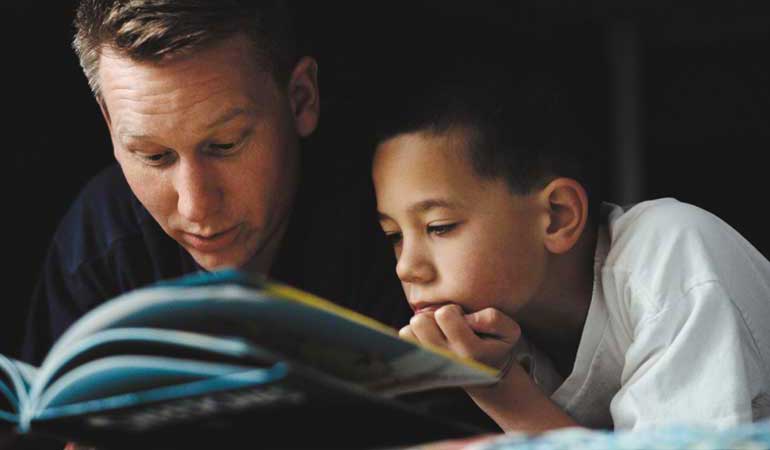As parents, we want to protect our children from any kind of pain or discomfort. But when it comes to racism, this isn’t easy. When I was raising my three children, now grown, they were called “wetbacks,” “greasers,” and “beaners” by other kids at school, and were told to return to Mexico. One child was unjustly picked on by an insensitive teacher who did not think he belonged in a school for gifted children.
Any adoptive parent with a Latino child may face similar situations today. Although its impossible to completely rid our world of racism, you can help your child fight back. Here’s how to begin.
Start early. Begin talking with your children early in life about the differences among people, including those that exist among family members. Love all your children unconditionally, and point out how each is beautiful, special, and unique.
[Talking About Race and Racism]
Stand your ground. Let relatives, friends, and neighbors know where you stand in regard to diversity, and express clear boundaries on how you want your children to be treated. You might say, “We do not tolerate any racial jokes or stereotypes about Latinos, and we would appreciate it if you respect our values.”
Talk about racism. Describe racism to your children as a lack of respect for people of other races and cultures. Let them know that, while your family believes that all people should be treated with dignity and respect, not all families do. You might say, “Some people are afraid of those who look different from them, and, because of that, they sometimes say and do mean things.”
Honor Latino culture. To instill ethnic pride in your child, become a bicultural family. Learn together about songs, foods, games, language, and celebrations, and incorporate them into your life. Start traditions, like making buñuelos at New Years, or celebrate birthdays with a piata. Take your children to see Latino performers, and send them into the world feeling good about their cultural identity.
[Expert Audio: Transracial Adoption—Are We Prepared?]
Seek out positive role models. Children can get skewed images of Latinos on TV or in the movies, where they are often portrayed as “hired help,” illiterate, gang members, or people who talk funny or drive fast cars. To counter these stereotypes, teach your children about famous Latino artists, writers, athletes, and leaders; expose them to professional Latino men and women from all walks of life.
Encourage honesty. Help your children to open up about their feelings about racism, and to discuss racist incidents in the world. Also, explain to your children that racism is never their fault. Tell them that the person who teases or demeans them in any way is the one responsible for bad behavior. You can say, “It’s a shame that some people do not know any better. But when we stand up against racists, we are helping them learn how to treat others, and, maybe, in the process, some people will change.”



